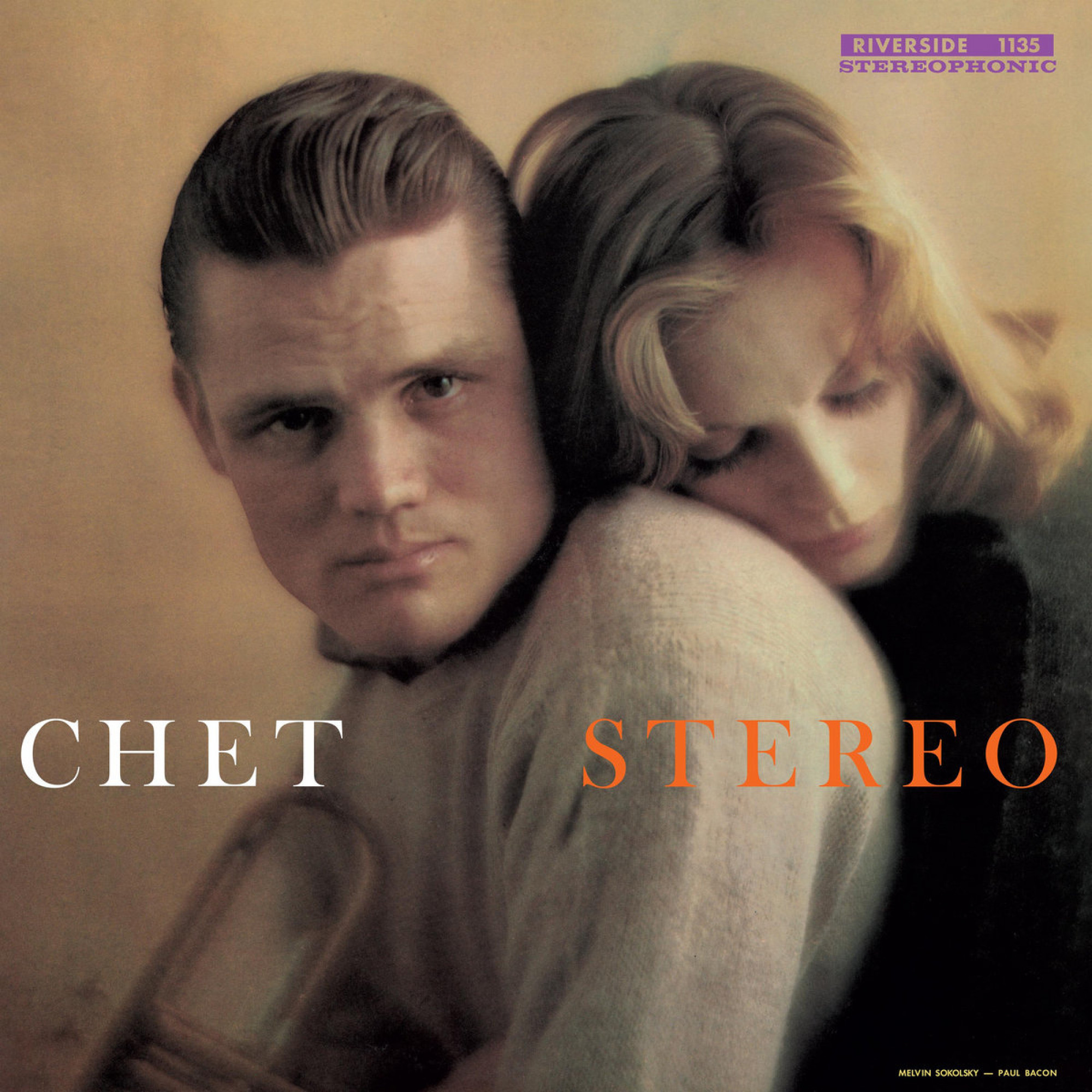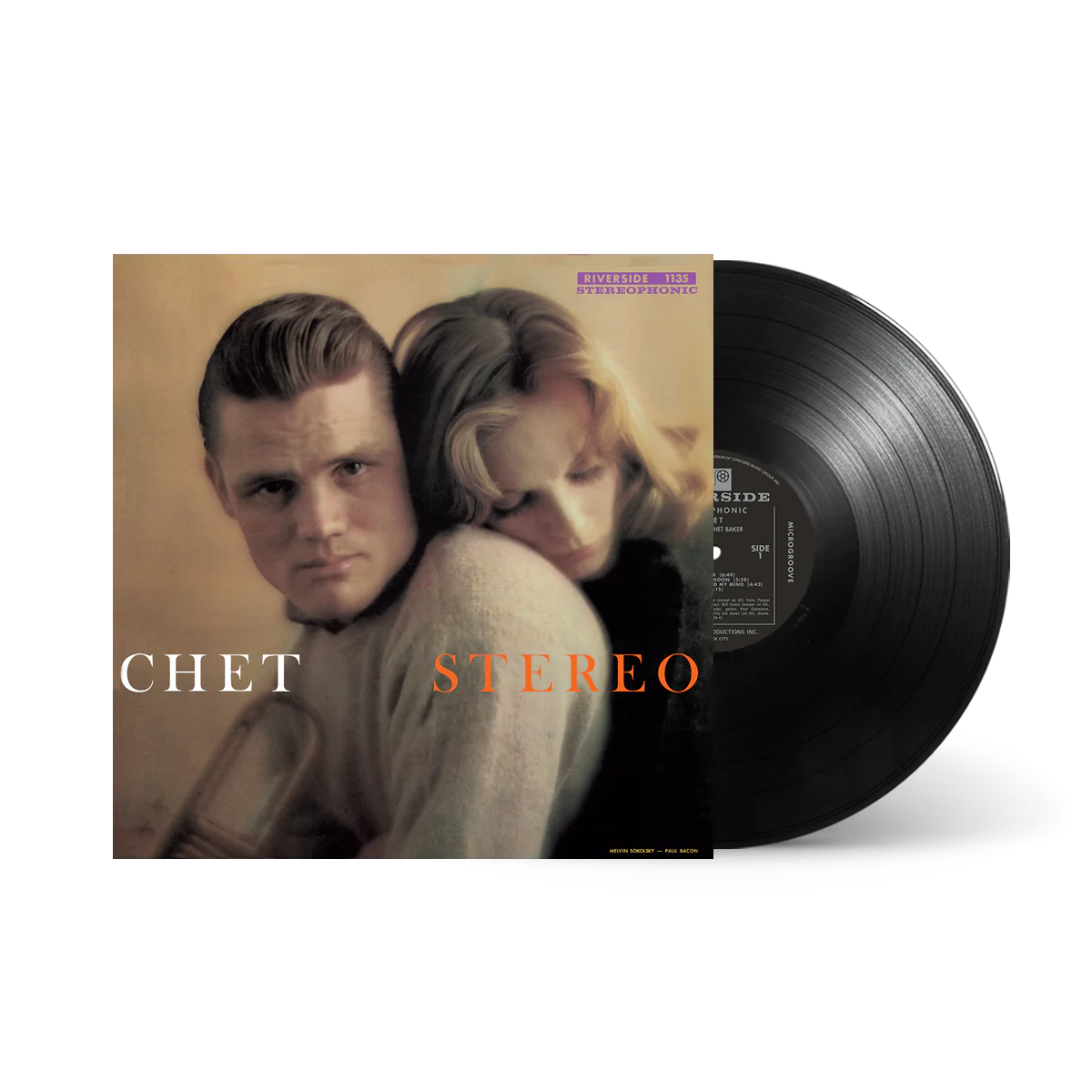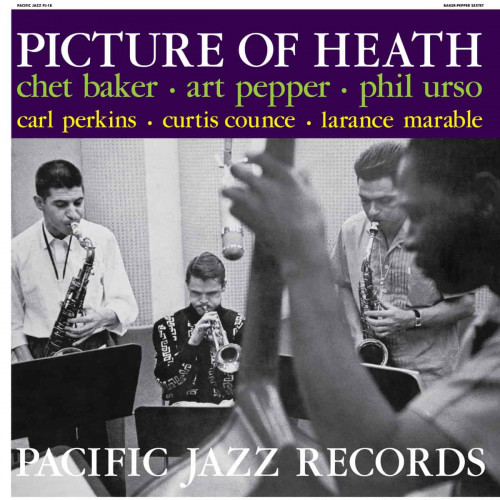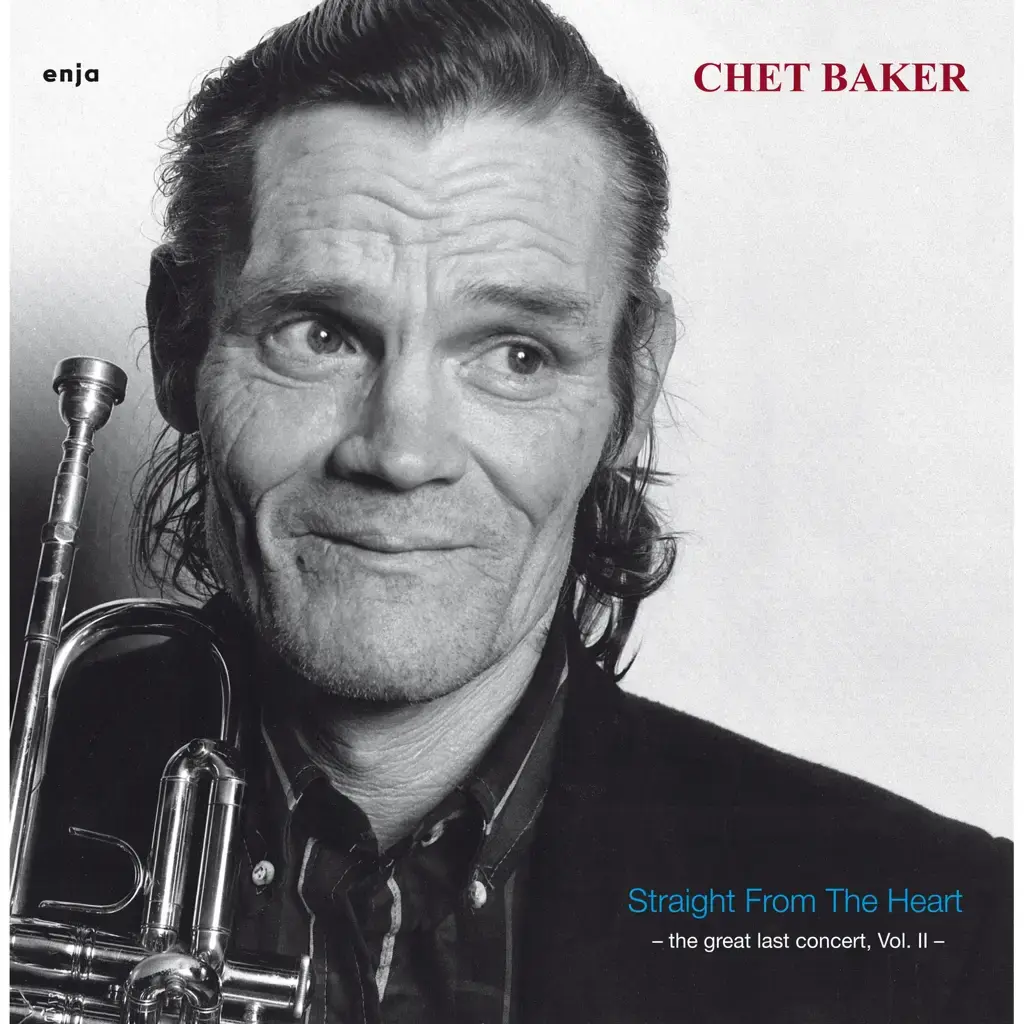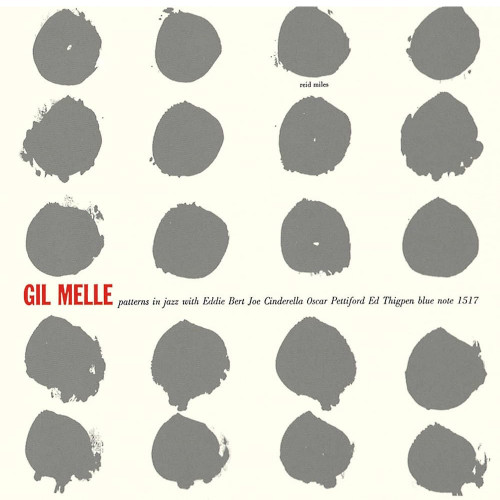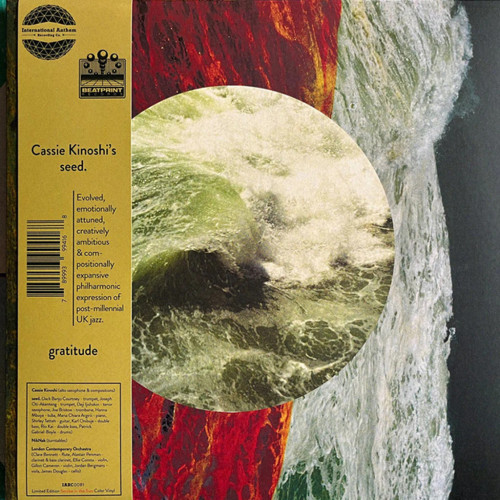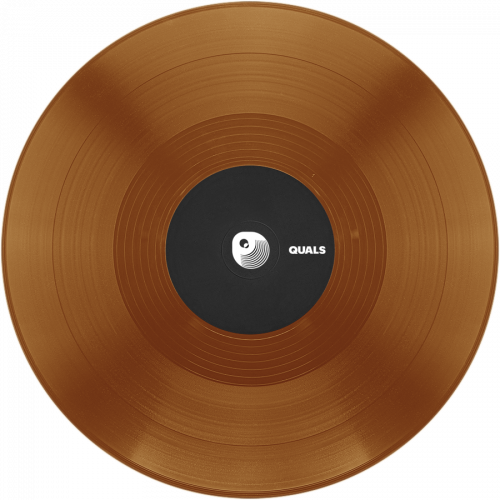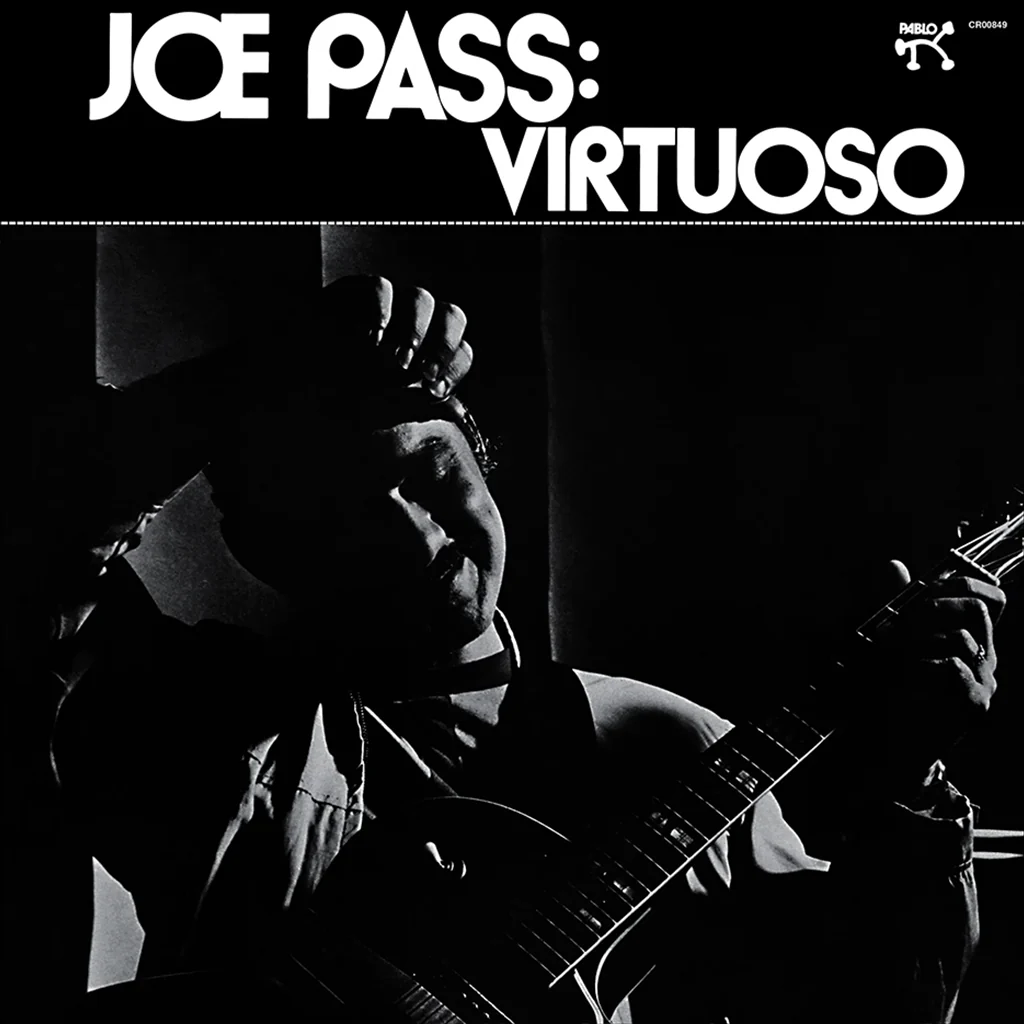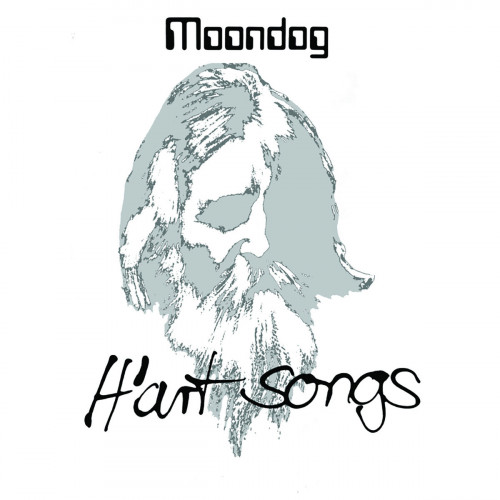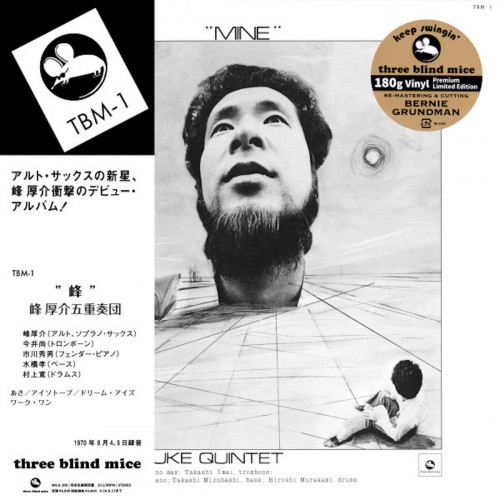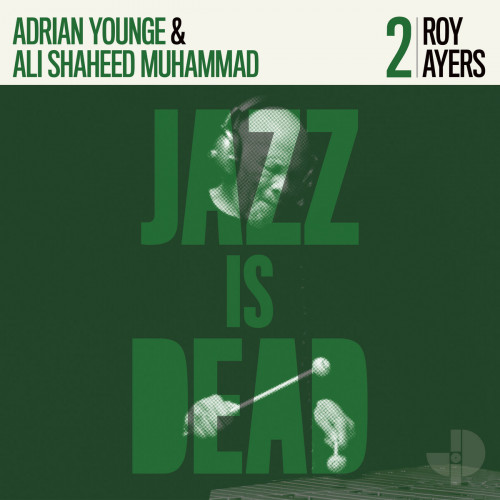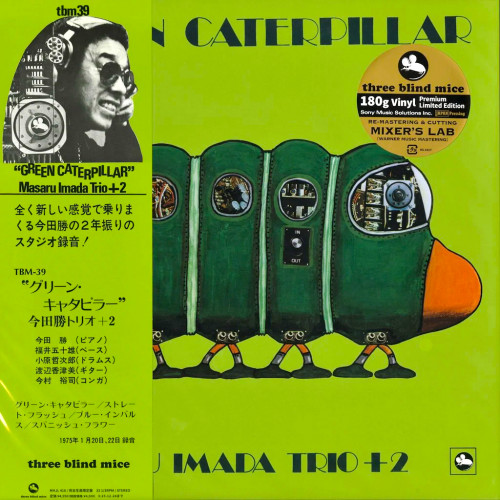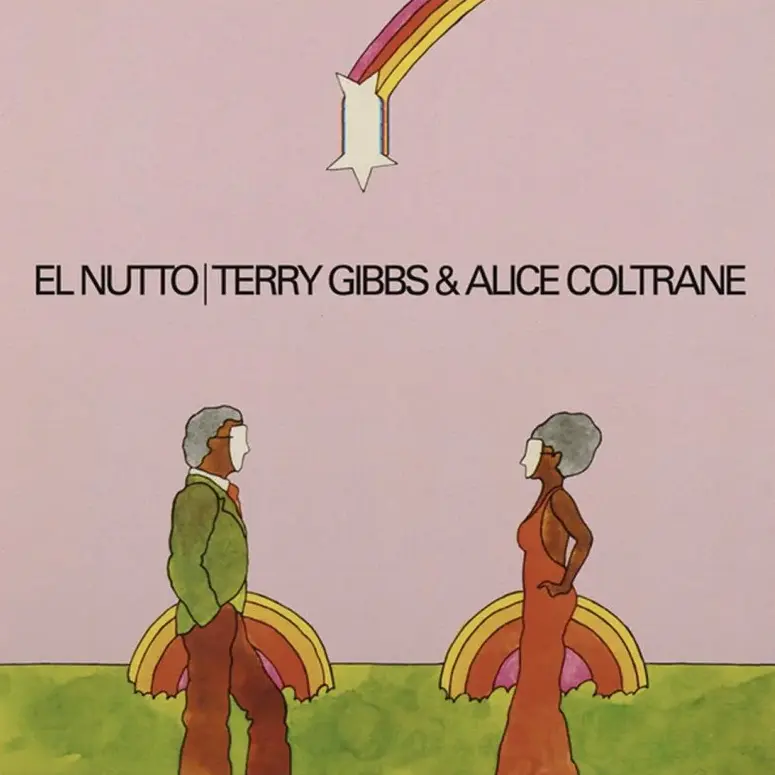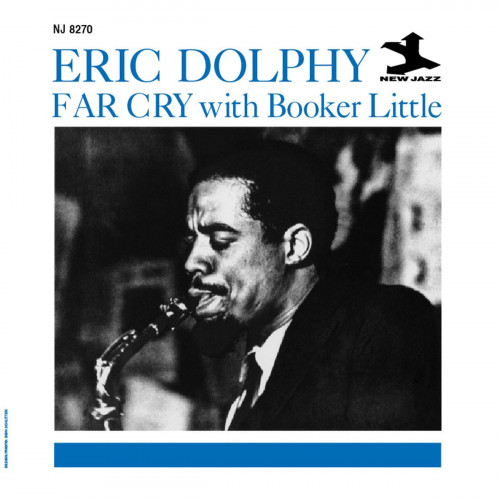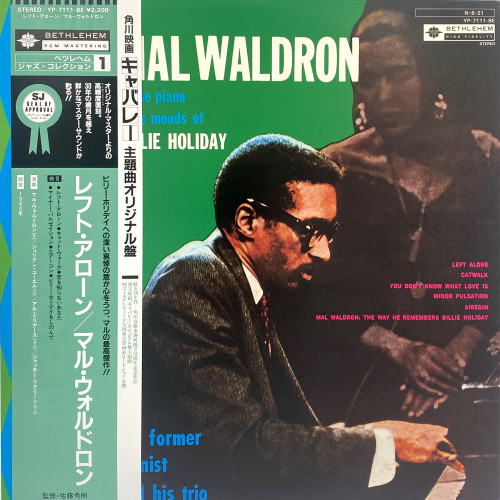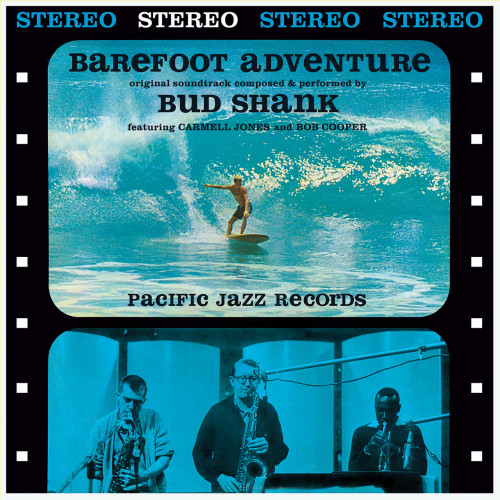Although Baker's reputation as a singer has steadily risen, those who tend to dismiss his androgynous vocals as secondary to his trumpet playing will be happy to know that on Chet he devotes himself exclusively to the horn. Moreover, for all of the stereotypical notions about 1950s West Coast jazz as sterile, "white, and cerebral, this is truly bicoastal and genre-resistant music. Call it Art Pepper Meets the Rhythm Section: The Sequel, with Baker replacing the original star of the legendary session that featured the altoist with a supporting cast of Miles Davis' rhythm section. The only difference is that by the time of Baker's meeting with the era's most admired supporting trio, pianist Bill Evans had replaced Red Garland—hardly a setback for Baker's exquisitely minimalist approach on this occasion.
Baker's playing on some contemporaneous dates comes close to conventional bebop [Picture of Heath (Pacific Jazz, 1961)], whereas some later recordings suffer from voguish over-production. Chet, on the other hand, is a session that allows the trumpeter to take his introspective time, encouraged by Evans' spare accompaniment to transform these standards into vibrant, impressionistic etchings. Moreover, the date isn't weighed down by the cloying sponginess of some later Baker period pieces with electronic synths and reverb assists [She Was Too Good for Me (Columbia, 1974)]. These are beautiful deconstructions of familiar pieces, each slowed to a virtually tempo-less, seductively languorous meditation—a sigh, a whisper, a breath of spring (and autumn).
Evans' crystalline piano voicings provide a mood-setting introduction reminiscent of his lead-in for Miles Davis on Blue in Green [Kind of Blue (Columbia, 1959)], here doing the same for the equally laconic Baker on the first eight bars of Alone Together. Pepper Adams' baritone maintains the mournful spell on the second eight before Herbie Mann's bottomed-out flute whispers the bridge, leading to a chorus by Baker that seems more soliloquy than solo. "How High the Moon must be the most slow and deliberative version of this 1940s swing classic ever recorded, while "'Tis Autumn, with a short but especially evocative introduction by Evans, virtually erases time and motion on what certainly has to be the definitive version of this venerable standard. Baker's articulations and tones—vibratoless, initially squeezed and accompanied by a little rush of audible air prior to the registering of a musical pitch—penetrate the stillness with almost eerily Davis-like poignancy.
Guitarist Kenny Burrell spells Evans on a couple of tracks and drummer Connie Kay does the same for Philly Joe Jones who, along with Evans and bassist Paul Chambers, offers further testimony to Miles Davis' unerring judgment in picking rhythm sections. The set comes down to earth by closing with a moody, extended, quasi-grooving blues, giving the lie to those who claim Bill Evans couldn't play the elemental twelve-bar form.
- allaboutjazz.com
